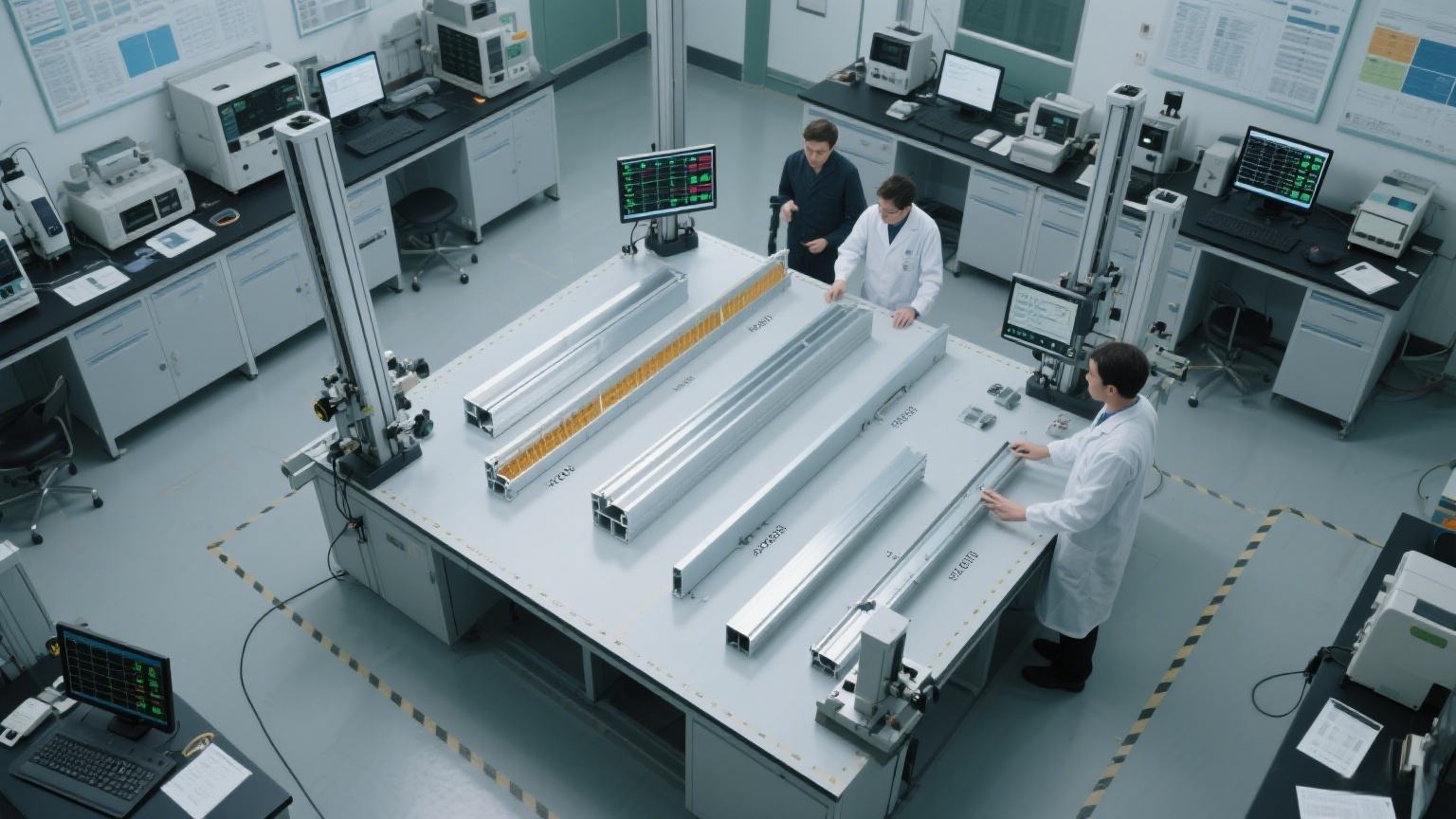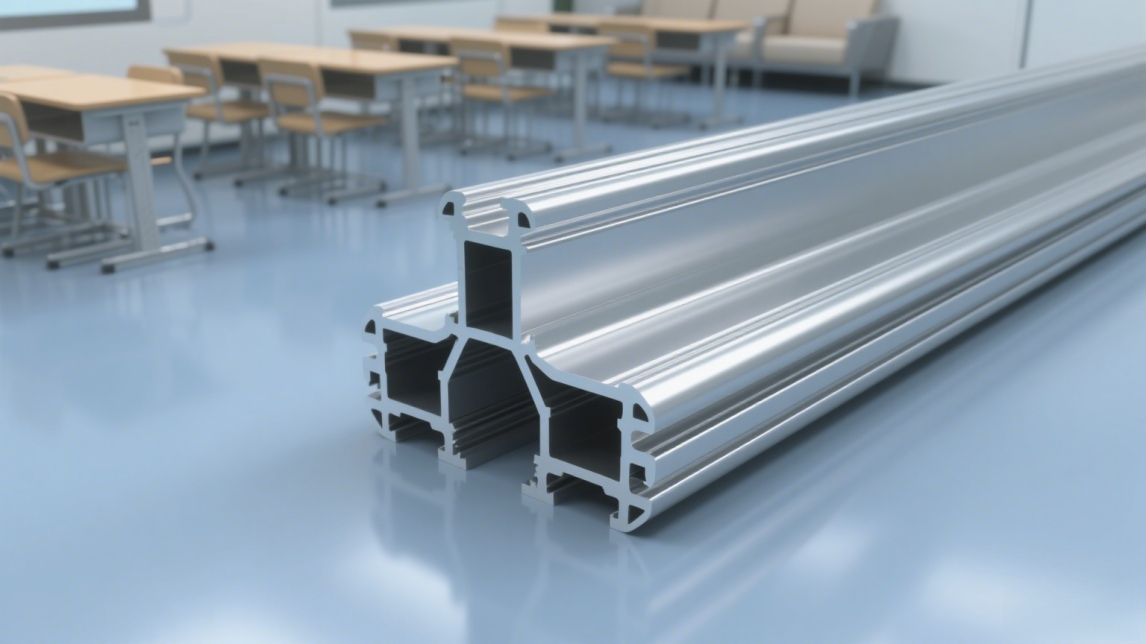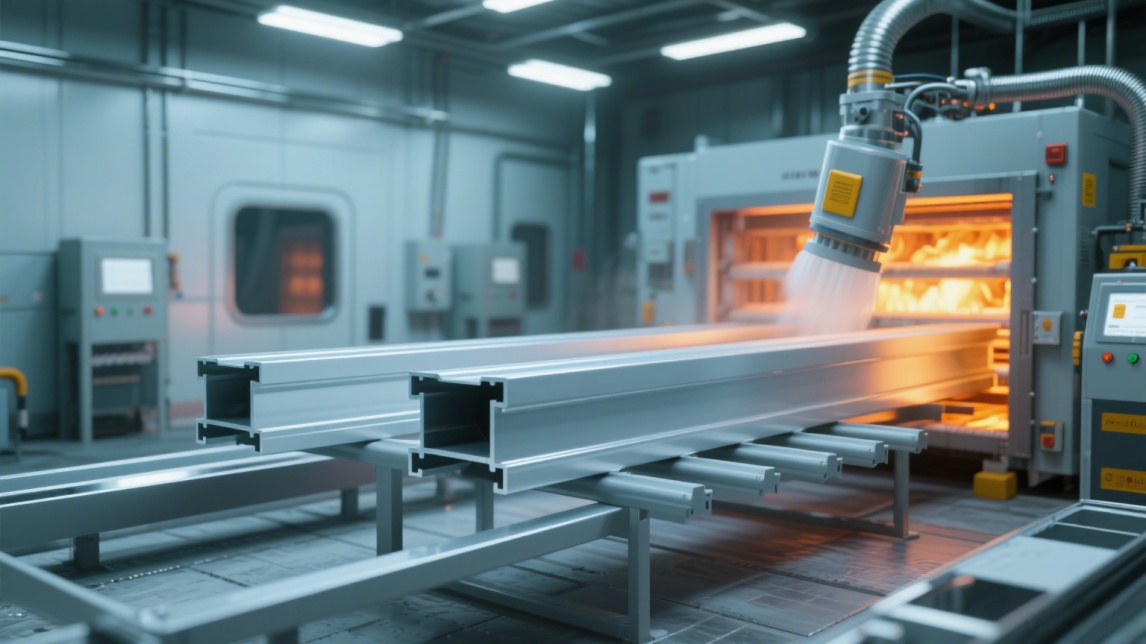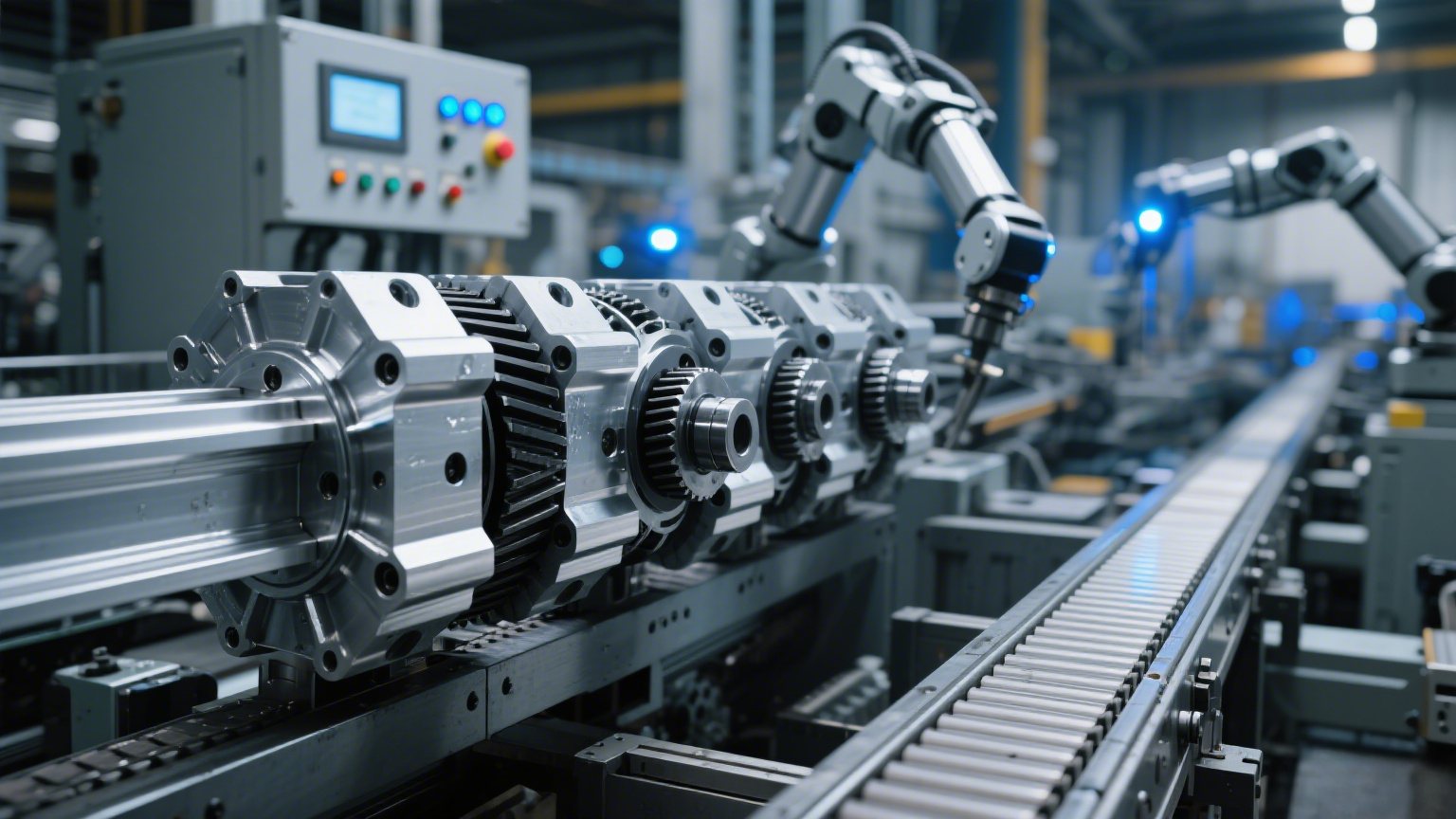
Density of Aluminum: Calculate Your Part's Weight in Seconds What Is the Density of Aluminum? What is Density and Why Does It Matter for Aluminum? When you pick up an aluminum can or notice how lightweight a bicycle frame feels, you’re experiencing one of aluminum’s most defining traits: its density. But what exactly does "density" mean, and why is it so important for aluminum? In scientific terms, density is the amount of mass packed into a given volume. The formula is straightforward: Density (d) = Mass (M) / Volume (V) For aluminum, this value is remarkably low compared to other common metals. In standard units, the density of aluminum is typically expressed as: 2.7 grams per cubic centimeter (g/cm³) 2,700 kilograms per cubic meter (kg/m³) 0.0975 pounds per cubic inch (lb/in³) The standard density of aluminum is approximately 2.7 g/cm³ (or 2,700 kg/m³). This means that aluminum is about one-third as dense as steel or copper, making it one of the lightest metals used in modern engineering and manufacturing. Why does this matter? A lower density translates directly into lighter products and structures—without sacrificing strength. That’s why aluminum is a top choice for applications where weight savings are crucial, such as in aerospace, automotive, and portable electronics. If you’ve ever wondered, "how dense is aluminum compared to other metals?" or "what is the density of aluminum in g/cm³?"—now you have your answer. To sum up, the density of aluminum is a fundamental property that not only sets it apart from other metals but also drives its widespread use in industries where every ounce counts. Whether you’re an engineer calculating material weight or just curious about why aluminum feels so light, understanding its density is key to unlocking its full potential. Why Aluminum Is So Lightweight Atomic Structure: The Key to Aluminum's Light Weight Ever wondered why aluminum feels so much lighter than steel or copper? The answer lies not just in its famous low density, but in the very heart of its atomic structure. Let’s break down exactly what makes aluminum stand out on the aluminum periodic table—and why these atomic details matter for engineers and designers. First, aluminum sits in Group 13 of the periodic table and has an atomic number of 13. This number tells us it has 13 protons in its nucleus—and, in a neutral atom, 13 electrons buzzing around it. The aluminum atomic number also reveals its position among the lighter metals, far below denser elements like iron (Fe, atomic number 26) or lead (Pb, atomic number 82). What Makes Aluminum Atoms So Light? Atomic Mass: Aluminum’s molar mass (often called al molar mass) is about 26.98 g/mol. This is much less than iron (55.85 g/mol) or lead (207.2 g/mol), which means each aluminum atom is inherently lighter. The lower the atomic mass, the less mass per unit volume—directly impacting the density of aluminum (source). Atomic Radius: Aluminum atoms are relatively small, but not so tiny that they ...
Read More
Density of Aluminum lb in3: Calculate Accurate Project Weight What Is Aluminum Density and Why It Matters What is Material Density? When you’re planning a project—whether it’s building an aircraft wing, designing a car frame, or selecting materials for a skyscraper—one question often comes up: How much does this material weigh for its size? That’s where the concept of density comes in. In simple terms, density is a fundamental physical property that tells us how much mass is packed into a given volume. It’s typically measured as mass per unit volume, and for metals like aluminum, engineers often use pounds per cubic inch (lb/in³) as the standard unit. So, what is aluminium density? For most engineering applications, the density of aluminum is approximately 0.1 lb/in³ (or more precisely, 0.0975 lb/in³). This means that every cubic inch of aluminum weighs just under one-tenth of a pound—a remarkably low value compared to many other metals. Understanding this number is the foundation for accurate weight calculations and efficient material selection. Why Density in lb/in³ is a Critical Metric Why do professionals care so much about the density of aluminum lb in3? The answer lies in the practical demands of modern engineering. Whether you’re working in aerospace, automotive, or construction, knowing the density of a material allows you to: Calculate the total weight of complex structures before fabrication Choose the right material for strength, cost, and weight savings Analyze performance, such as fuel efficiency or load-bearing capacity For example, when designing an airplane, every ounce matters. Using a metal with low density—like aluminum—can dramatically reduce the aircraft’s weight, improve fuel efficiency, and enhance performance. The same logic applies to cars, trains, and even skyscrapers, where reducing dead weight translates into cost savings and better safety. Density is the key to aluminum’s renowned strength-to-weight ratio, making it an essential factor in high-performance and lightweight engineering designs. The physical properties of aluminum, such as its low density, high strength-to-weight ratio, and excellent corrosion resistance, are what make it so valuable across industries. As you’ll see in the following sections, understanding what is the density of aluminum is the first step to leveraging its full potential in your projects. Whether you’re a seasoned engineer or just getting started, mastering this concept will help you make more informed, efficient, and innovative choices. The Baseline Value for Pure Aluminum Density The Standard Density of Pure Aluminum Ever wondered why aluminum feels so light in your hand, yet remains impressively strong? The answer starts with its density—a defining characteristic that sets it apart from other metals. For pure aluminum, the universally recognized density is 0.0975 lb/in³ (pounds per cubic inch). This value isn’t just a rough estimate; it’s a scientific standard used worldwide by enginee...
Read More
Is Your Local Aluminum Scrap Price Fair? Find Out Now Understanding the 2025 Aluminum Scrap Market Why Aluminum Scrap is a Valuable Commodity When you see a pile of discarded soda cans or broken window frames, do you ever wonder how much is scrap metal worth? The answer might surprise you—especially when it comes to aluminum. Aluminum is the second most used metal on the planet, woven into everything from cars and airplanes to smartphones and solar panels. But what makes it truly stand out is its role in the circular economy and its remarkable recyclability. Recycling aluminum saves up to 95% of the energy needed to produce it from raw materials. Unlike many materials that lose quality when recycled, aluminum retains its full strength and versatility, no matter how many times it’s melted down and reformed. Nearly 75% of all aluminum ever produced is still in use today, circulating through the economy in new forms and products. This infinite recyclability not only reduces landfill waste but also slashes carbon emissions and energy costs—making aluminum scrap a strategic asset in a world moving towards sustainability. Aluminum scrap comes from two main sources: post-consumer items (like beverage cans, appliances, and car parts) and post-industrial leftovers from manufacturing processes. Recycled aluminum is in high demand for green infrastructure, electric vehicles, and renewable energy projects. With global scrap metal prices fluctuating, understanding the aluminum scrap price can help both sellers and buyers maximize value. What to Expect from This Guide Whether you’re an individual cleaning out your garage or a business managing manufacturing waste, knowing what’s the scrap price of aluminum is crucial for getting the best deal. This guide will break down what affects the price you receive, how to identify different types of aluminum scrap, and practical steps to value scrap aluminum for maximum payout in 2025. Along the way, you’ll learn why aluminum recycling is a win-win for your wallet and the planet, with actionable tips to help you navigate the world of metal recycling value. Ready to turn yesterday’s waste into tomorrow’s worth? Let’s dive into the essentials of the aluminum scrap market and discover how you can benefit from this powerful resource. Key Factors That Determine Aluminum Prices Global Benchmark: The London Metal Exchange (LME) Sounds complex? When you’re trying to figure out why aluminum scrap price changes from week to week, it helps to start with the big picture. The London Metal Exchange (LME) is where the world’s aluminum price is set. This "aluminum spot price per pound" for newly made (virgin) aluminum acts as a global reference, influencing everything from the cost of soda cans to the payout you’ll get at your local scrap yard. If you look at any current scrap metal prices chart, you’ll notice that local and regional scrap prices tend to follow the LME trend, though with a lag and some adjustments for local conditions....
Read More
Aluminum or Aluminium: A Global Guide to Spelling & Pronunciation The Great Metal Debate The Great Metal Debate: Is One Spelling Correct? When you grab a roll of foil in your kitchen, do you call it aluminum or aluminium? Sounds complex? You’re not alone. The difference between aluminum and aluminium is one of the most well-known quirks in English spelling, and it often sparks curiosity: Is one spelling more correct than the other, or is it simply a tale of two Englishes? In reality, both aluminum and aluminium are correct—they just belong to different sides of the Atlantic. In American English, "aluminum" is the standard, while "aluminium" is favored in British English and most other English-speaking countries. This isn’t just about spelling, but about linguistic identity. The aluminum vs aluminium debate highlights how language evolves and adapts to regional norms, much like other familiar word pairs such as "color" vs "colour" or "center" vs "centre". Why does this matter? Whether you’re a student, a professional, or a curious reader, understanding the difference between aluminum and aluminium can help you communicate more clearly with a global audience. Throughout this guide, we’ll explore the fascinating history behind these spellings, how to pronounce each version, where each is used worldwide, and what it means for scientific, technical, and everyday writing. So, is it aluminum or aluminum? By the end of this article, you’ll know exactly which term to use—and why the aluminum versus aluminium question is more interesting than you might expect. The History Behind Aluminum and Aluminium Sir Humphry Davy's Naming Journey When you look at the periodic table, you might wonder: why do British people say aluminium while Americans say aluminum? The answer takes us back to the early 1800s and a chemist named Sir Humphry Davy. Davy was the first to identify the existence of the metal in the mineral alum. In 1808, he coined the term "alumium" for this new element, drawing inspiration from the Latin word alumen, meaning bitter salt. But the name didn’t stick for long. By 1812, Davy had already changed his mind, opting for the term "aluminum" instead, as noted in his influential book, Elements of Chemical Philosophy (Merriam-Webster). However, the story didn’t end there. Around the same time, other scientists and writers in Britain began using the term "aluminium." Their reasoning was simple: they wanted the name to match the pattern of other elements like sodium, potassium, and magnesium, all of which end in "-ium." This made "aluminium" sound more classical and scientific, aligning with the conventions of the day (Dictionary.com). The alum vs aluminium debate was already taking shape, and aluminium soon became the favored term in British scientific circles. The Transatlantic Spelling Split So, how did we end up with two spellings? The answer lies in the way English evolved on both sides of the Atlantic. In the United States, Noah Webster’s i...
Read More
Aluminium vs Aluminum: The Official Answer & Why It Matters The Great Spelling Debate Ever found yourself wondering if it’s aluminum or aluminium? You’re definitely not alone. Whether you’re reading a technical document, shopping for kitchen foil, or working in international business, the difference between aluminum and aluminium is a source of ongoing curiosity and, sometimes, confusion. Is it just a matter of spelling, or is there more beneath the surface? The Core of the Confusion Let’s clear the air: aluminium vs aluminum isn’t about two different metals. It’s about how the same element is referred to in different parts of the world. In the United States, you’ll see “aluminum” everywhere—from soda cans to engineering specs. In the UK and most other English-speaking countries, “aluminium” is the accepted form. Sounds complex? It’s actually a fascinating story of language, science, and culture coming together. The metal is the same; the spelling tells a story of language and location. Unpacking the Spelling Difference So, is it aluminum or aluminium? The answer depends on where you are and who you’re talking to. The aluminum versus aluminium debate is rooted in history, stretching back to the early 19th century and involving chemists, dictionaries, and even international scientific organizations. Understanding this background is key to appreciating why both spellings are still in use today—and why they both matter. In the chapters ahead, we’ll explore the origins of these spellings, the role of scientific authorities, and why the aluminum vs aluminium question is more than just a matter of vocabulary. Whether you’re a student, a professional, or simply curious, you’ll gain a deeper understanding of how language shapes our view of the world’s most abundant metal. A Tale of Two Spellings Ever wondered why you see both "aluminum" and "aluminium" in textbooks, on packaging, or in technical documents? The answer lies in a fascinating journey through science, language, and industry. Let’s unravel the story behind the difference between aluminum and aluminium by taking a closer look at the people, discoveries, and decisions that shaped how we spell—and say—the name of this remarkable metal. Sir Humphry Davy and the Naming Saga To understand who discovered the aluminum element, we travel back to the early 19th century. English chemist Sir Humphry Davy was at the forefront of scientific innovation, using new electrolysis techniques to isolate elements never before seen in pure form. While alum salts (used in alum block for shaving and water purification) had been known for centuries, it wasn’t until 1808 that Davy isolated the metallic element from alumina, the oxide found in nature. But what should he call it? 1808: Davy first proposes the name "alumium" after the mineral alum. Shortly after: He revises the name to "aluminum"—a form that fits English usage but stands out from other recently discovered elements like sodium and potassium. Early 19th ...
Read More online service
online service 0086 136 3563 2360
0086 136 3563 2360 sales@sxalu.com
sales@sxalu.com +86 136 3563 2360
+86 136 3563 2360